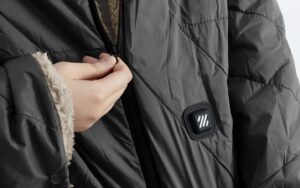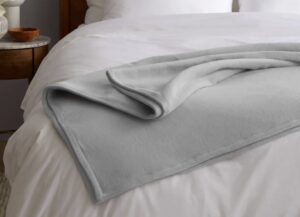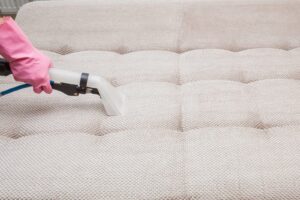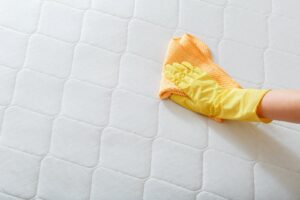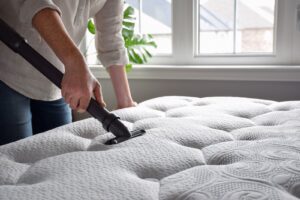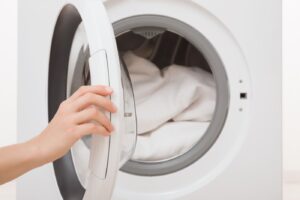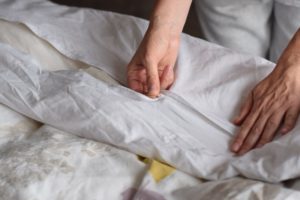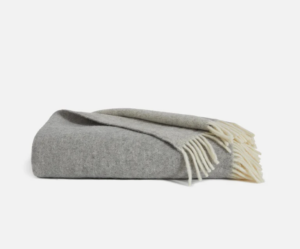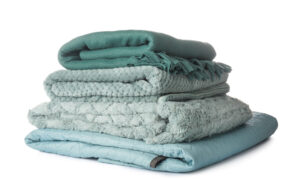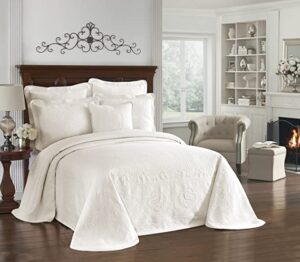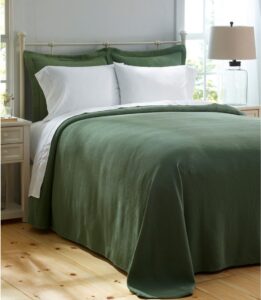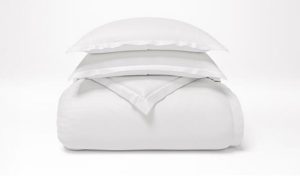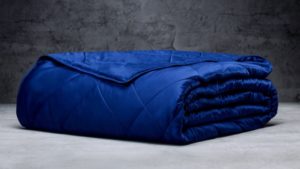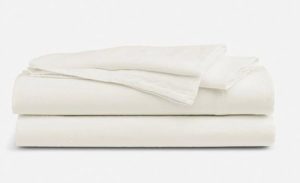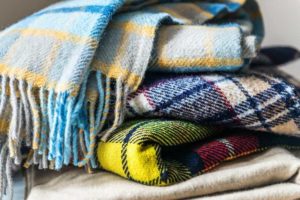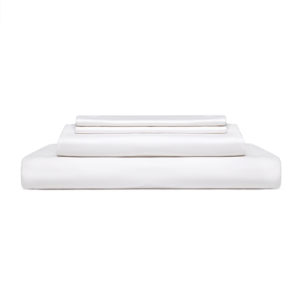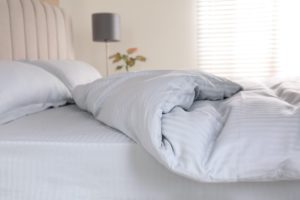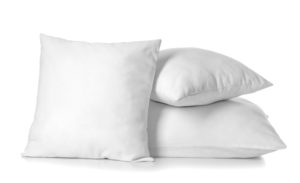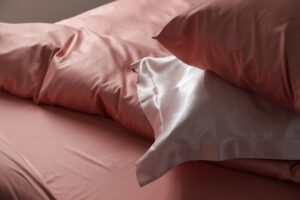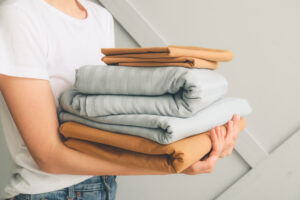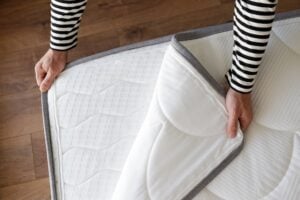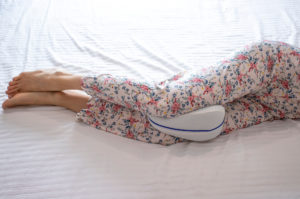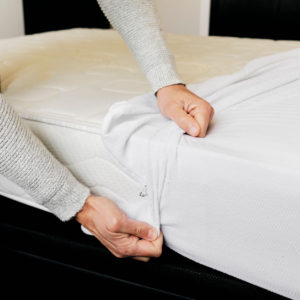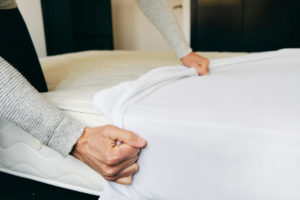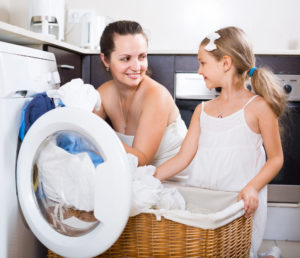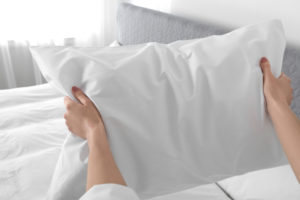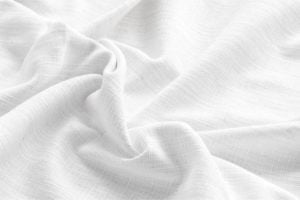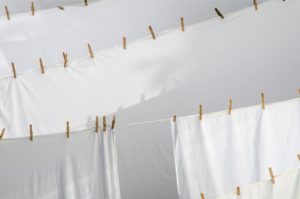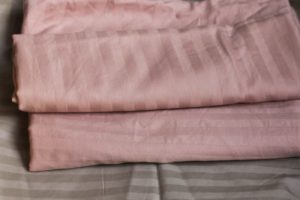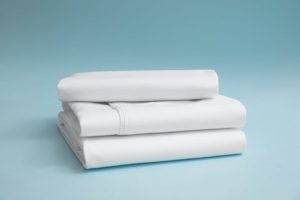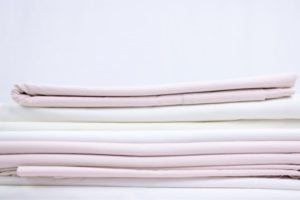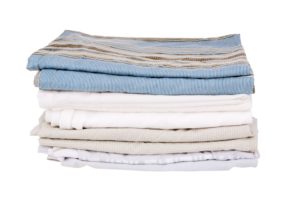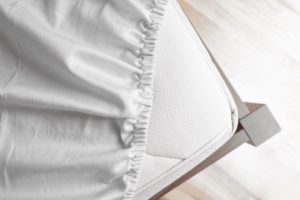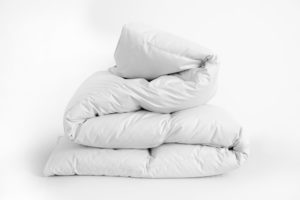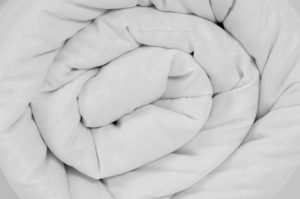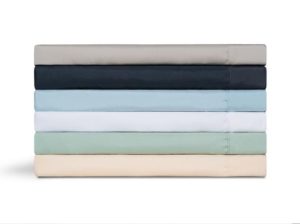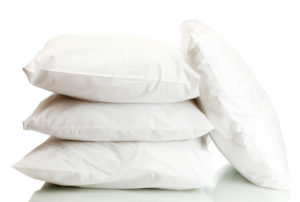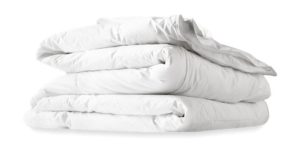How to Get Blood Out of Sheets
Waking up to a bloody pillowcase or sheets is never a pleasant experience. Regardless of how it got there, it’s vital to remove blood fast before a stain sets in. There are few substances that stain worse than blood, particularly on lighter-colored sheets.
Fortunately, if you act quickly, you can usually remove blood from sheets and bedding using common household cleaners and a bit of elbow grease. Keep reading to learn how to get blood out of sheets.
How to Get Blood Out of Sheets
Generally, the faster you can get things cleaned up, the better odds you have of preventing permanent stains. Follow these simple instructions to prevent blood stains on sheets.
1. Remove as Much Blood as Possible
Dab at the stain with a towel to try and soak up any excess blood. If the stain is very fresh, follow up by rinsing the sheets thoroughly. If the blood has already started to dry, soak the sheets in a tub of cold water.
2. Gather Cleaning Materials
Hydrogen peroxide and bar soap are two of the most common and readily usable household items. Baking soda can be combined with cold water to make a cleaning paste. Cold salt water can be used for delicate fabrics, or in the absence of any other cleaners.
3. Work the Cleaning Solution Into the Stain
Gently dab at, rub, or wet the stained area with your chosen cleaning solution. Gently rub the area to help the solution sink in. If using hydrogen peroxide, wait until it stops fizzing before rubbing.
4. Allow the Cleaner to Sink in
Wipe away any excess cleaning solution after it has had enough time to sink in. Baking soda and salt water will need a significant amount of time for this process, around 10 minutes.
5. Rinse
Rinse the sheet with cold water and rub the area gently to help remove the stain.
6. Repeat
Repeat steps 3-5 until the blood is gone or nearly gone.
7. Wash the Sheet
Apply a liquid laundry detergent to the affected area. Hand-wash the sheets in cold water until the stain is removed. You can also put the sheets in the wash cycle with a standard amount of detergent.
8. Dry
Avoid using heat when drying the sheets. Hang- or line-dry if possible. If there is any blood left over, heat will help a stain set in.
In most cases, this technique will work to remove blood from sheets. If your sheets are white, you can also bleach them so long as the sheets are safe to bleach. Be sure to check the product label before bleaching.
Some colored sheets can also be bleached, but you’ll need to read the product label carefully. If you do decide to use bleach, be sure to spot-test by applying a small amount of diluted bleach to a less-visible area of the fabric.
Before putting sheets back on your bed, look closely to ensure nothing soaked through to the mattress itself. If need be, learn how to clean your mattress in our guide.
How to Remove Blood Stains from Sheets
If the blood has already dried and created a stain, the process for removing it will be similar, but a bit more time-consuming. If you have tried the methods above with little success, it may be time for a more intensive approach:
1. Check to See if Your Sheets Can be Bleached
White sheets are usually safe to bleach, and some colored fabrics can be bleached. Read the product label closely and check the manufacturer’s care instructions to find out. Color-safe bleaches have a different formula from standard bleach and are typically marked as such.
2. Soak
Soak the sheets in a solution of water and laundry detergent.
3. Not Using Bleach
If not using bleach, soak the sheets for several hours, and then hand-wash with cold water and more detergent.
4. Using Bleach
If using bleach, rinse the soaked sheets thoroughly with cold water. Then, pre-treat with a fabric-safe bleach, and machine wash.
Most blood stains should come out using these methods, though it may take multiple attempts. Remember not to use hot water or machine-drying during this process, as heat tends to lock in blood stains.
If you cannot get the stains out of your sheets, it may be time to purchase new ones. Find the best sheets for your needs and budget with our detailed buyer’s guide.

Still have questions? Ask our community!
Join our Sleep Care Community — a trusted hub of sleep health professionals, product specialists, and people just like you. Whether you need expert sleep advice for your insomnia or you’re searching for the perfect mattress, we’ve got you covered. Get personalized guidance from the experts who know sleep best.


